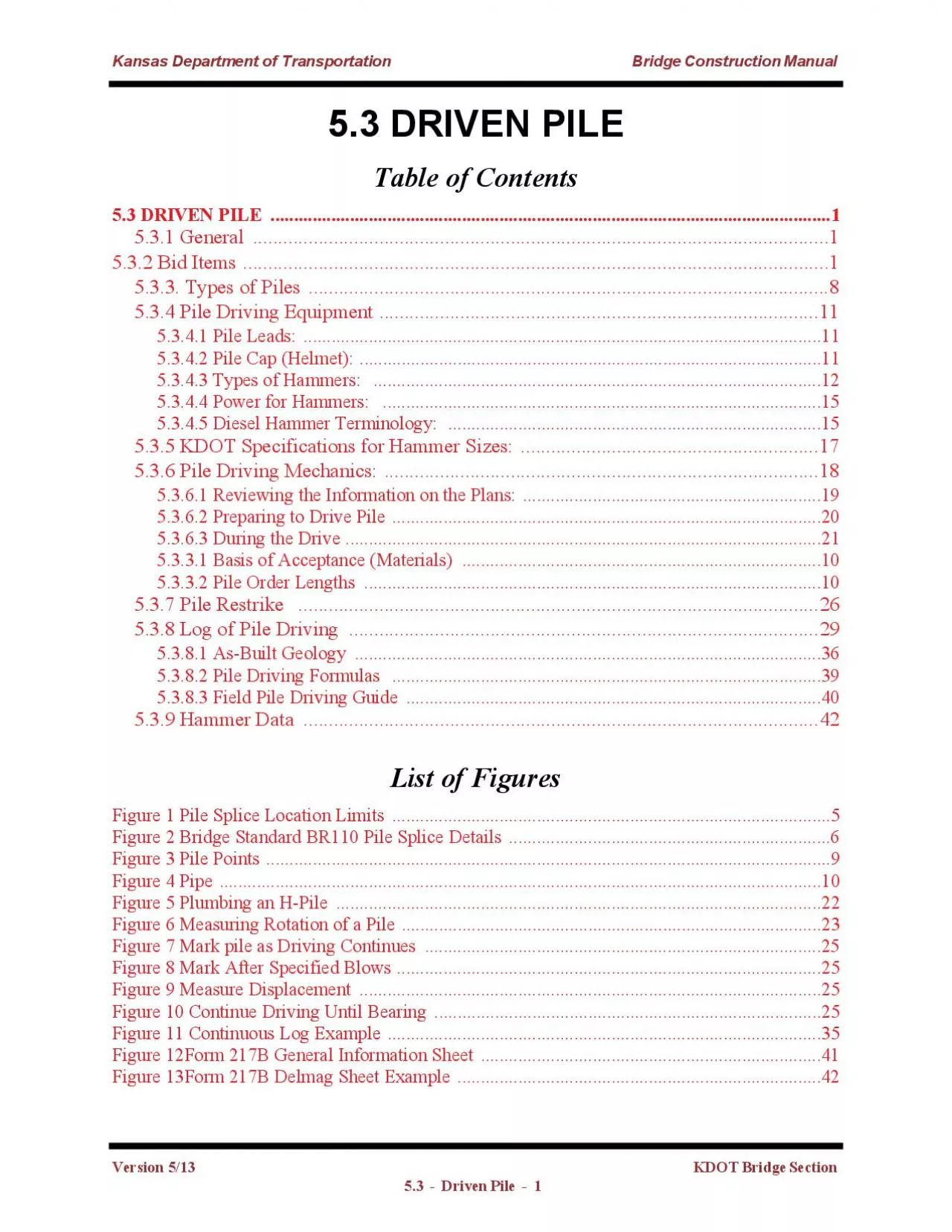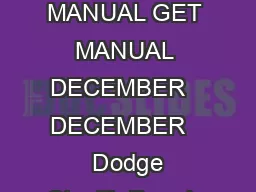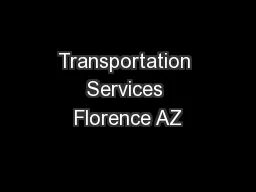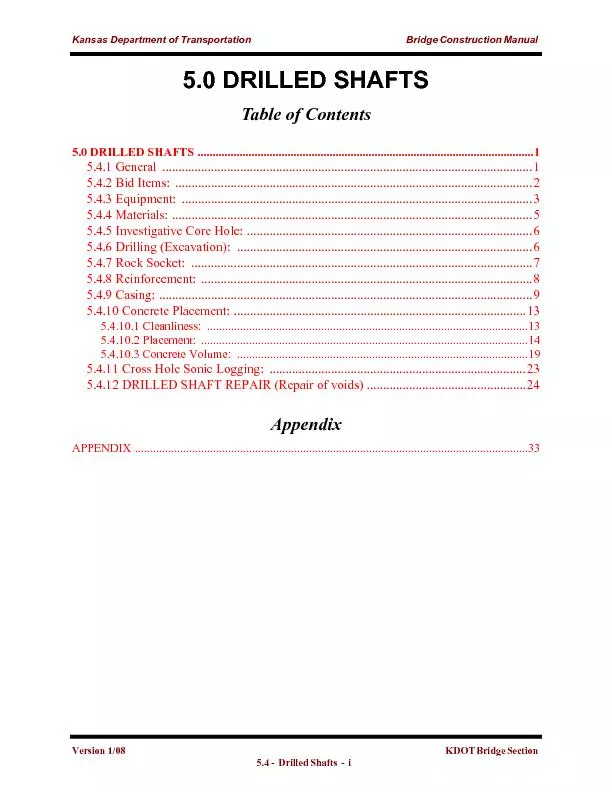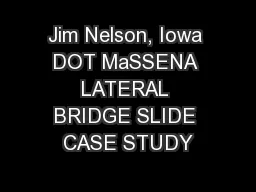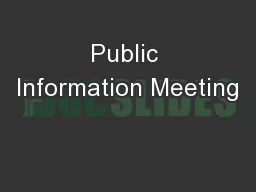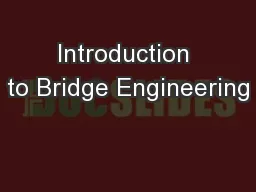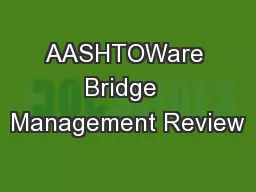PDF-Kansas Department of Transportation Bridge Construction Manual Version
Author : ruby | Published Date : 2021-09-10
53 DRIVEN PILE 531 General 532 Bid Items 1533 Types of Piles 8534 Pile Driving Equipment 115341 Pile Leads 5342 Pile Cap Helmet 15343 Types of Hammers 125344 Power
Presentation Embed Code
Download Presentation
Download Presentation The PPT/PDF document "Kansas Department of Transportation Brid..." is the property of its rightful owner. Permission is granted to download and print the materials on this website for personal, non-commercial use only, and to display it on your personal computer provided you do not modify the materials and that you retain all copyright notices contained in the materials. By downloading content from our website, you accept the terms of this agreement.
Kansas Department of Transportation Bridge Construction Manual Version: Transcript
Download Rules Of Document
"Kansas Department of Transportation Bridge Construction Manual Version"The content belongs to its owner. You may download and print it for personal use, without modification, and keep all copyright notices. By downloading, you agree to these terms.
Related Documents

